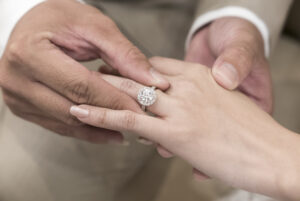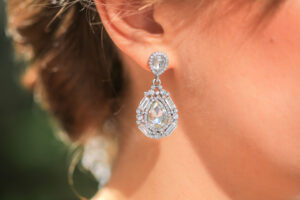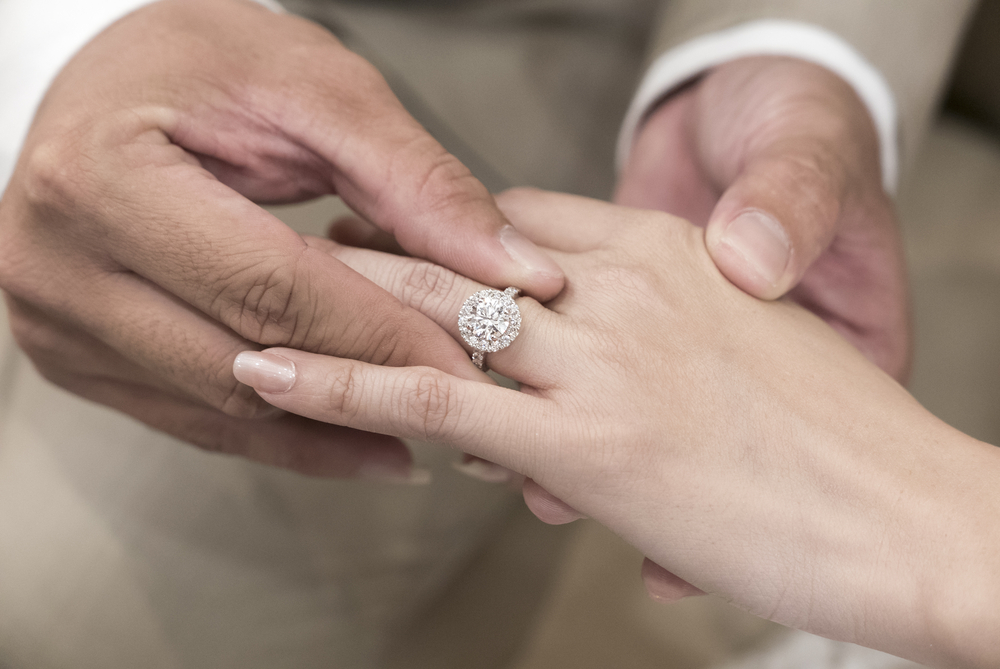
When choosing a prong setting for your diamond rings, it is important for you to be aware of the different types of prong settings available. Two popular prong settings are four-prong and six-prong settings which vary in the number of prongs used to hold the stone. Another variation of the prong setting is the v-prong setting which has a significant difference from the classic prongs. Therefore, when choosing between different types of prong settings, it is important for you to know about their unique properties.
The Classic Prong Setting
Before knowing about the v-prong setting, it is important to be aware of the classic prong setting that is commonly used for diamond rings. The classic prong setting includes claw-like structures to hold the diamonds in place. These claw-like structures, which are commonly called prongs, can be rounded and will be lying flat on the top surface of the stone. This setting holds the diamond in place by gripping it from the top.
The V-Prong Setting
Here, the stones are held using prongs that resemble the letter V. Unlike the classic prong setting that grips the stone from the top, the v-prong setting holds the stones from the side. This setting holds the diamond along its edges from the top to the bottom.
V-prongs are especially good for diamonds that come with pointed and sharp corners, as they can protect their most vulnerable points. You can use this setting to prevent the edges of your diamonds from chipping.
But one of the problems associated with this setting is that it does not hold the stone from the top. Therefore, some jewelers are concerned that the stones can easily slip out from the setting.
Additionally, the v-prong setting reduces the visibility of the stones from the sides, as it holds the stone from top to bottom, which a lot of people dislike.
Advantages Of V-Prong Setting

This setting can offer enhanced protection for gemstones with sharp corners in comparison with the classic prong setting.
As it won’t hold the stones from the top, the top view of your natural or lab grown diamonds is not hindered. This can help to increase the visibility, sparkle, and brilliance of your stones.
When To Choose V-Prong Setting
The v-prong setting creates the best option for diamond shapes that come with pointed corners. Some of these diamonds include princess, heart, marquise, pear, and sharp trillion cuts.
But this setting is not suitable for stones that come with rounded edges including round brilliants, oval diamonds, etc.
So you have to choose between the classic prong and v-prong settings based on the shape of your gemstone.
